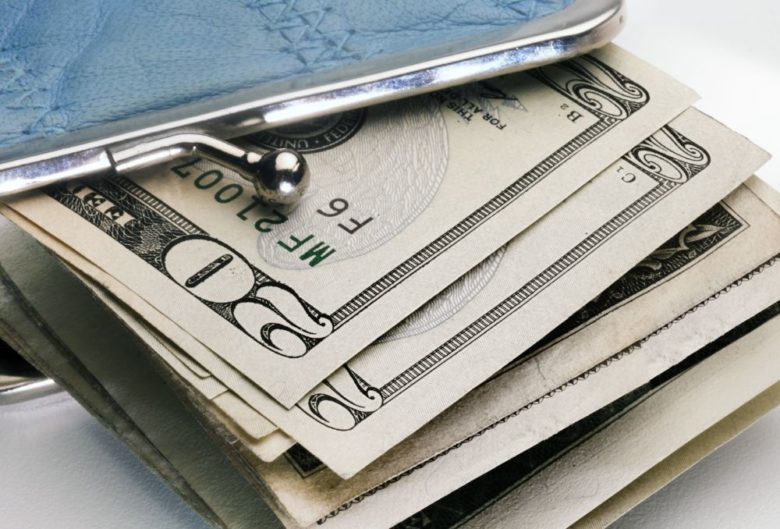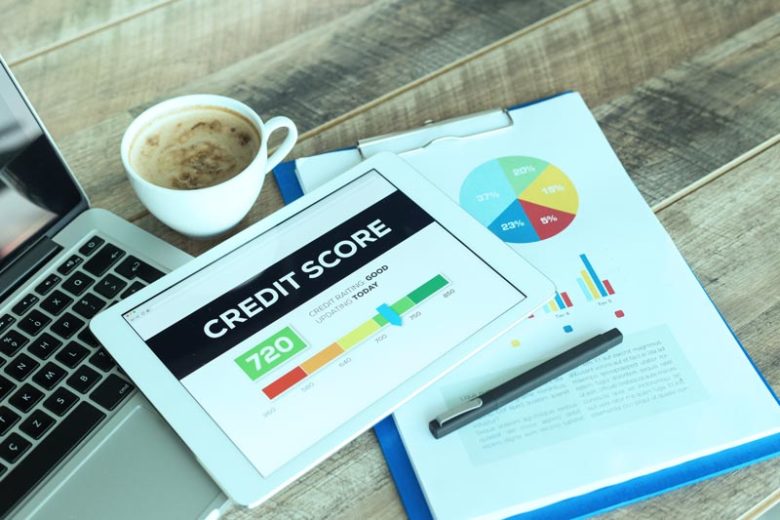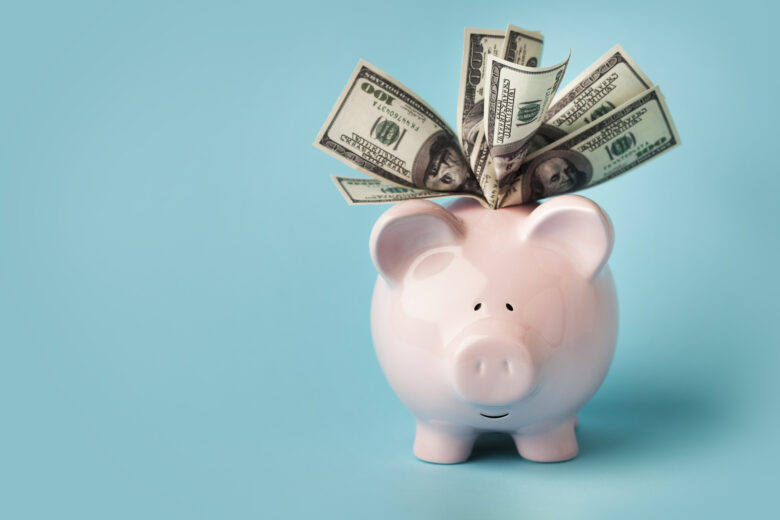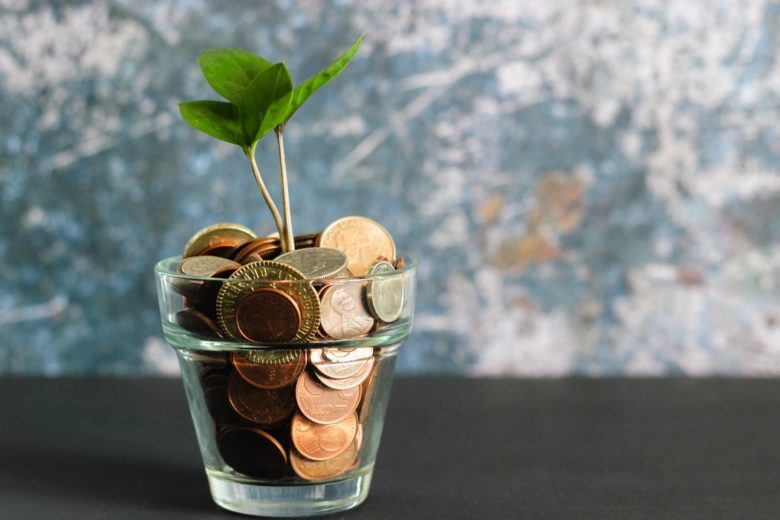Everybody wants to save more money. More money gives you the freedom to live comfortably, invest in your future, or simply take a much-needed vacation. Have enough of it, and you can make a big purchase or be prepared for unexpected expenses.
Unfortunately, few people are saving enough of it. Nearly 70 percent of respondents to a GOBankingRates’ survey say they have less than $1,000 squirreled away.
If your savings are looking anemic, check in with this list to give them a boost. Here are five ways to put more money in the bank.
1. Pay Yourself First

Img source: unsplash.com
If you’ve ever thought about your budget, you’ve probably focused on the bills you have to pay first. Things like rent, utilities, and line of credit payments take precedence over everything else.
It’s not until you pay for these essentials that you think about your savings.
But by that time, it may be already too late.
Between paying off your bills and depositing money into your savings account, you may encounter too many temptations to stick with your goal.
It’s easy to spend this cash on things you don’t need — whether your biggest temptation is online sales at GameStop or ordering Postmates. Unnecessary purchases like these may postpone the day you reach your savings goal.
The pay yourself method helps to curb this overindulging. It prioritizes your savings right alongside bills, so you’re contributing to this account as soon as you get paid — not when you remember to save.
Try automating these contributions at the start of the month, or whenever it makes sense with your pay schedule. This way, there’s no way you can spend this cash on other things.
2. Pay as Much of Your Line of Credit or Credit Card as Possible

Img source: thebalance.com
If used carefully, a line of credit or credit card may be a helpful tool in your financial toolkit. It acts as a financial safety net when you face unexpected emergency expenses without savings.
It’s like having cash on standby. You can tap into your line of credit limit without having to fill out a new application each time you want to withdraw funds.
Just make sure you can repay what you used by the due date. If you overspend, you may carry over a balance that’s subject to interest and other finance charges.
Financial institutions at Creditfresh.com recommend always paying as much as you can against a line of credit or credit card balance.
3. Check Your Credit Report Often

Img source: fnbolending.com
A lot of people only ever check their credit report when they need something — like when they want to request a line of credit or apply for a new apartment.
Checking your report in these situations helps you understand your chances of getting approved for what you need.
But your consumer file does more than that. As a gauge of your financial well-being, it helps you see where you stand. You’ll be able to see the direct effects of your choices — whether you pay bills on time or regularly pay them late.
Getting into the habit of checking this report will also mean you’re familiar with what should and shouldn’t be in this file. You’ll have a greater chance of catching any errors that may be impacting your history negatively.
Whether they’re from a clerical mistake or the first signs of identity theft, make sure to check out these tips to remove errors from your report.
Learning from your mistakes may add positive credit history to your file. If you manage to keep errors off your report in the meantime, you may begin to qualify for lower rates on personal loans or personal line of credit loans.
4. Be Strategic with Your Spending

Img source: kiplinger.com
Instead of popping out to the grocery store to pick up a few last-minute items for dinner, plan your shopping trip well in advance. Sit down to make a meal plan for the entire week, making note of what you need to make these recipes, where to find these items, and how much you’ll spend.
Organizing your shopping trip down to the last detail helps you manage how big your grocery bill is. It may also help you avoid costly impulse snacks that bust your budget.
But don’t stop at just your groceries.
Planning your purchases is a sound strategy whenever your plan on spending money, especially if it’s something nonessential. Only allow yourself to buy something after you’ve put serious thought into it, including its cost and whether it’s affordable.
5. Sweat the Small Stuff

Img source: unsplash.com
Don’t sweat the small stuff is a popular piece of advice if you want to improve your mental well-being. But when it comes to your budget, the small stuff matters.
At first, what seems like a small amount of money spent on something like a regular cup of coffee or subscription fees don’t seem like much. But over the course of a year, trivial discretionary expenses add up.
Take, for example, the infamous latte. If you buy one at $5 a day, that’s $2,000 spent on your caffeine addiction.
Or what about media subscriptions, like Netflix and Spotify? The average person spends more than $237.33 every month on subscription services.
Sit down with your budget to see where you’re spending your money. Track “throw away” expenses that don’t cost you a lot upfront to see how much they cost over the year.
If you’re able to cut these expenses — or even cut them in half — you’ll be able to save a lot of money.
Bottom Line
Take a stab at these tips until they become second nature. Small changes to your habits may make a big difference to your financial well-being. You might see more money in your bank account as a result, which will come in handy the next time you want to invest, vacation, or handle an unexpected repair.




